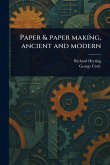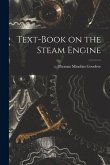Explore the enduring appeal of "Mission Furniture: How to Make It, Part 2" by H. H. Windsor, a practical guide to crafting classic furniture. Delve into the heart of the Arts and Crafts movement with detailed instructions and insights into mission furniture design and construction. This volume focuses on woodworking techniques essential for creating timeless pieces for your home. Whether you're a seasoned woodworker or a home improvement enthusiast, this book offers a window into the principles of furniture design that remain relevant today. Discover the secrets to building sturdy, beautiful mission furniture that reflects a commitment to craftsmanship. From design to construction, learn the fundamentals that define this iconic style. A valuable resource for anyone interested in the history and practice of furniture making. This work has been selected by scholars as being culturally important, and is part of the knowledge base of civilization as we know it. This work is in the public domain in the United States of America, and possibly other nations. Within the United States, you may freely copy and distribute this work, as no entity (individual or corporate) has a copyright on the body of the work. Scholars believe, and we concur, that this work is important enough to be preserved, reproduced, and made generally available to the public. We appreciate your support of the preservation process, and thank you for being an important part of keeping this knowledge alive and relevant.
Bitte wählen Sie Ihr Anliegen aus.
Rechnungen
Retourenschein anfordern
Bestellstatus
Storno









